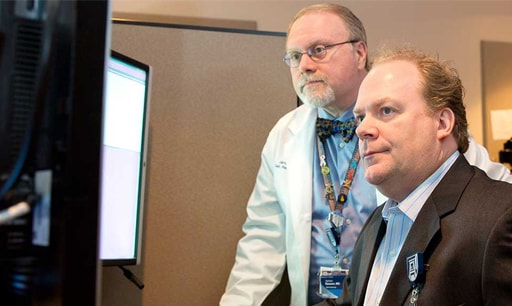June 30, 2021 by Philips Reading time: 5-6 min
Share this article
Case study: Finding innovative solutions for the unique healthcare needs of pediatric patients at Phoenix Children’s
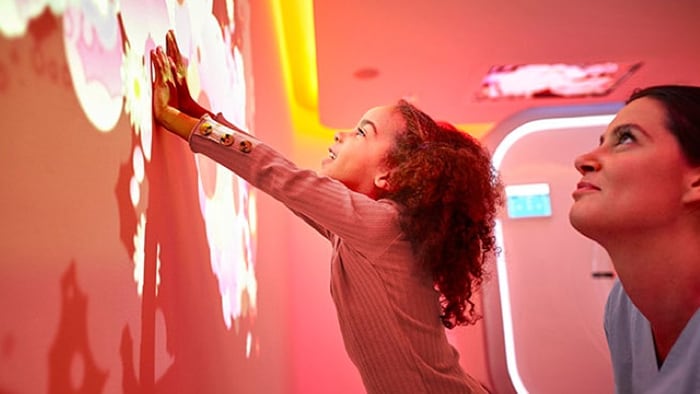
Phoenix Children’s, a pediatric healthcare system based in Arizona, USA, cares for children of all ages – a mission with an exclusive set of intricacies. Each child size and growth stage presents a different array of sensitivities and needs that compounds the complexity of providing pediatric healthcare. To continually optimize how they address their patients’ needs, Phoenix Children’s entered a long-term, 15-year strategic partnership with Philips to pioneer solutions that systemically push forward the quality, efficiency, and overall experience of patient care.
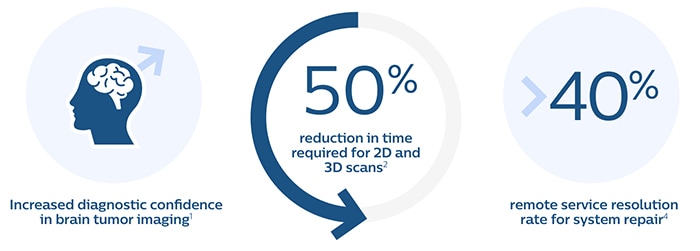
Solution
Ongoing co-creation of products, technology and services to achieve meaningful and sustainable results in key clinical areas that positively impact patient satisfaction and outcomes as well as business goals
Challenge
Treating children is very different from treating adults. In addition to a child’s growth stage, pediatric care must consider a young patient’s comfort, safety and stress level. Phoenix Children’s sought a partner who embraced the complexity as part of the innovation process to meet their patients’ unique needs and advance the field of pediatrics overall.
What’s been so exciting about working with Philips is their perspective, their insight, their engineers, their data scientists pointing us in a way we hadn’t thought of before.”
David Higginson
Executive Vice President, Chief Innovation Officer at Phoenix Children’s
Solution
Develop a shared understanding and accountability with Philips that fuels ongoing co-creation of products, technology and services for meaningful and sustainable results. Focus on key clinical areas that positively impact patient satisfaction and outcomes as well as business goals. Core to this partnership is how deeply the teams from both companies are invested in mutual success in a number of areas, including:
Results*
Clinical imaging advances. By connecting Phoenix Children’s knowledge of their young patients with the imaging innovation of Philips, this strategic partnership is building a repertoire of capabilities that puts patients first. Lower doses. To decrease the risk of radiation to growing organs and cells in children, Phoenix Children’s and Philips co-designed and tested new dosing protocols in its imaging equipment that are child-sized and appropriate for particular age groups or a particular organ. The research and technologies on dose management are now standards in Philips equipment offered worldwide.
We partner [with Philips] not for a particular initiative but for the long term, so when the next big thing does come along, we’ve already built up knowledge and trust, which makes us faster and more innovative.”
David Higginson
Executive Vice President, Chief Innovation Officer at Phoenix Children’s
Enhanced images. Nervousness during radiology exams can make it difficult for children to stay still. Philips helped Phoenix Children’s capture enhanced images and reduce radiopharmaceutical dosing by introducing its Ambient Experience with the Philips Vereos PET/CT system. Ambient Experience envelops patients in music and images of their choosing before and during the scanning process. As a child relaxes, radiology technicians can capture the high-quality images needed for confident diagnosis.
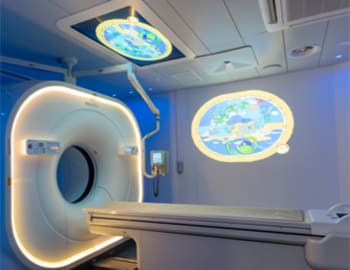
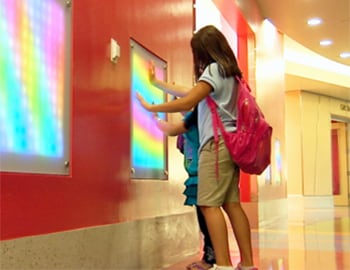
More accurate tumor assessment. To reduce clinical uncertainty of brain tumor measurements, 2D and 3D images are processed through Philips IntelliSpace Portal advanced visualization software for segmentation, measurement and diagnosis. Radiologists can also evaluate normal and abnormal proteins in the brain with Philips novel MR 3D amide proton transfer imaging technique. This holds promise for making determinations about the aggressiveness or grade of the tumors in children. Operational efficiencies. Eliminating time and steps from the diagnostic process is a top priority for Phoenix Children’s. Philips has helped increase the hospital’s efficiencies with technology designed to reduce time and systems that provide actionable insights for improved performance.
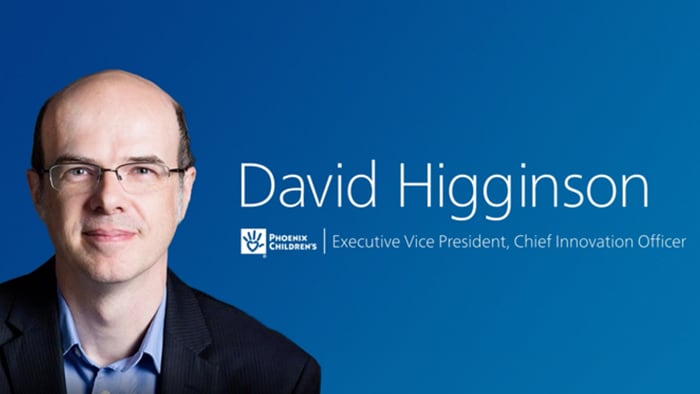
C-Suite perspective on partnership value at Phoenix Children’s
In this edition of Conversations with Healthcare Leaders, David Higginson, Executive Vice President, Chief Innovation Officer at Phoenix Children’s, talks about how a strategic partnership with Philips has helped the healthcare provider gain a huge strategic and business advantage.
Patient and staff experience. Phoenix Children’s worked to create a calming environment throughout the oncology imaging continuum. By using Philips Ambient Experience during PET/CT scans, patients choose the color, theme and music of their surroundings, making a potentially scary test more soothing. It also reduces the need for anesthesia. “The uptake Ambient room was wonderful,” said one patient’s parent in a satisfaction survey. Others called it ‘much more relaxing’ and ‘calm.’ The staff felt likewise. Because their young charges were less stressed, the enhanced environment helped improve interactions with the children and increased the staff’s satisfaction with, and gratification in, their work. Confidence through understanding. Phoenix Children’s can now produce a 3D printed image of a patient’s heart to help the child and their surgeon gain greater understanding. “Getting to that 3D print takes a lot of technology,” says Dr. Dianna Bardo, Director of Body MR and Co-Director of 3D Innovation Lab, Radiology at Phoenix Children’s. “That technology begins with the Philips CT or MR scan, and proceeds through the IntelliSpace Portal, where there is some very technical image segmentation that goes on in our 3D lab.” The end result, however, is simply incredible. “To see a child hold a model of their heart in their hand and a parent witness that is amazing,” says Bardo. Financial stability via uptime. Keeping technology up and running reduces time lost for patients and staff as well as unproductive costs to the bottom line. The Philips and Phoenix Children’s partnership has generated significantly increased system uptime, in part through virtual service calls.
*Results from case studies are not predictive of results in other cases. Results in other cases may vary.
At a glance Challenge
Phoenix Children’s, Phoenix, AZ USA
Continually optimize ways of working to meet the complex clinical needs of pediatric healthcare
Solution
Ongoing co-creation of products, technology and services to achieve meaningful and sustainable results in key clinical areas that positively impact patient satisfaction and outcomes as well as business goals
Get inspired, stay inspired. Sign up to receive the latest news and information from Philips.
Sources:
